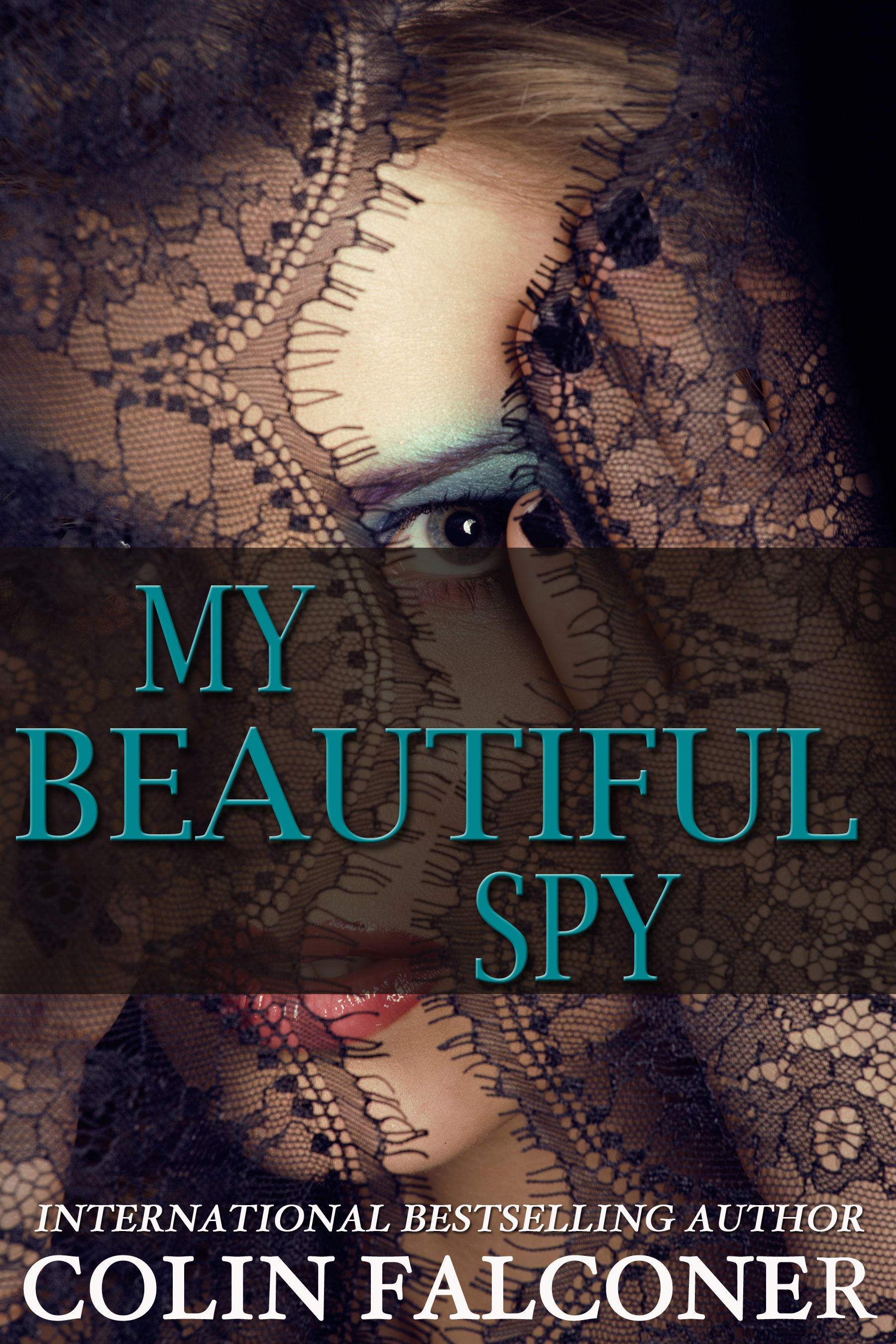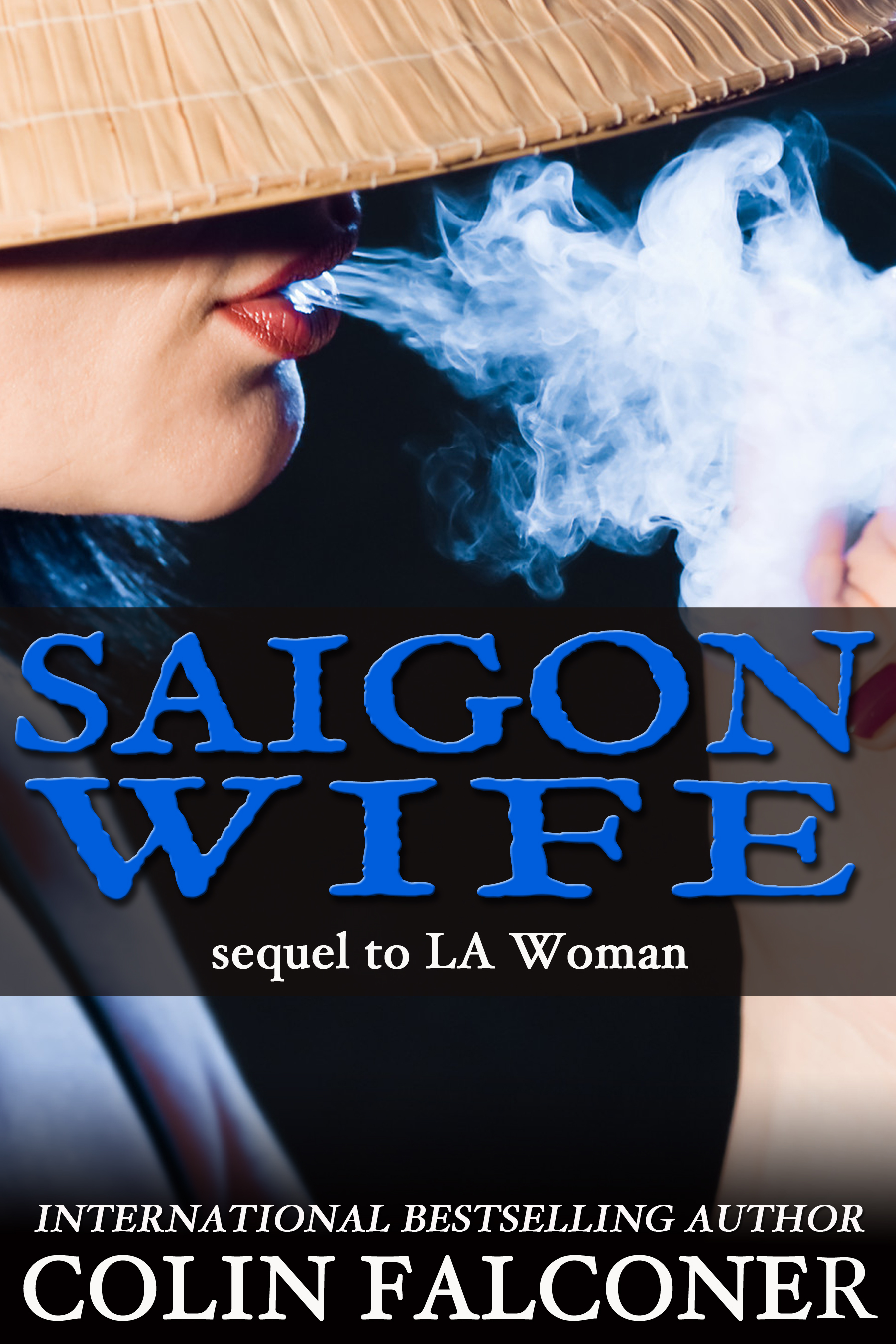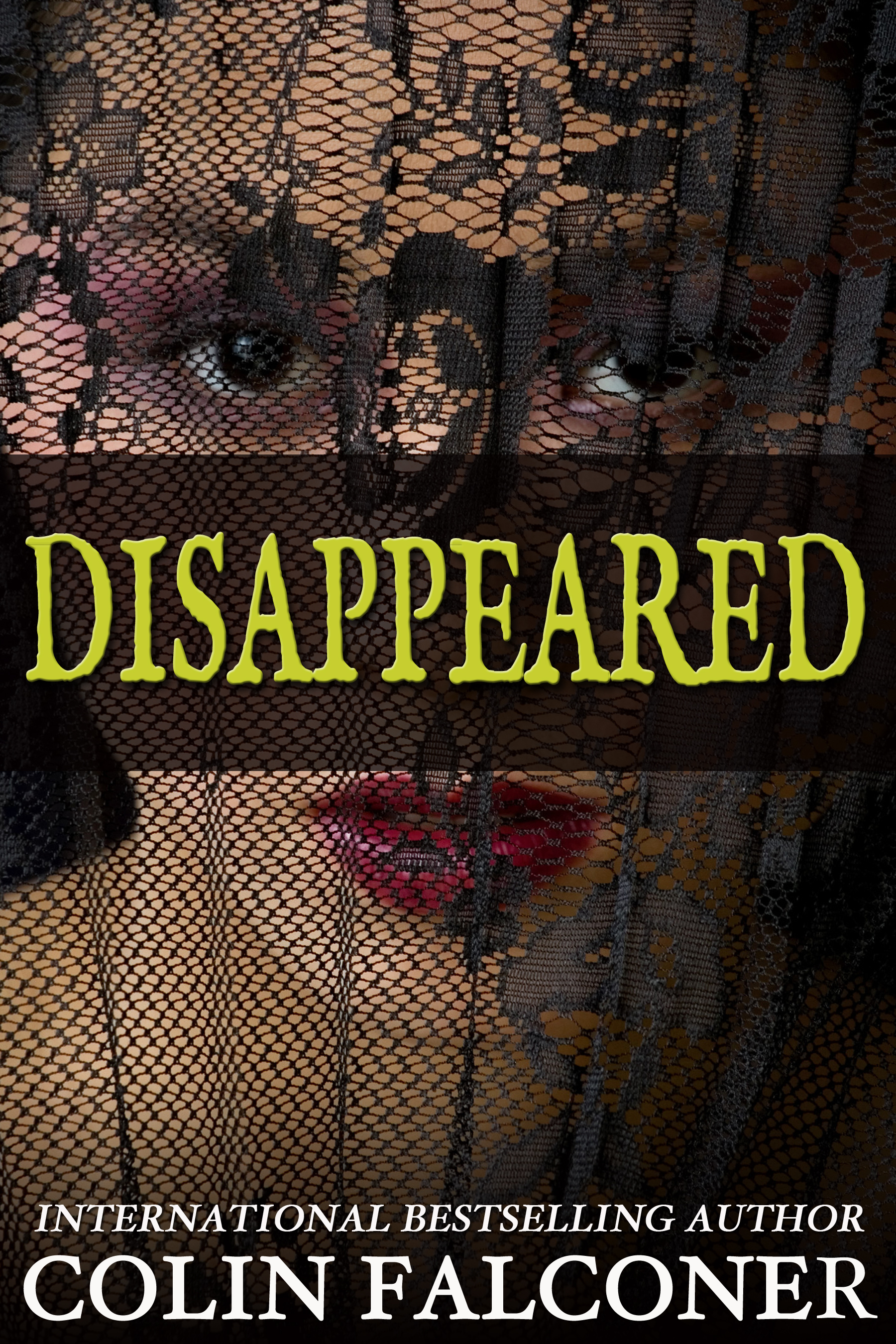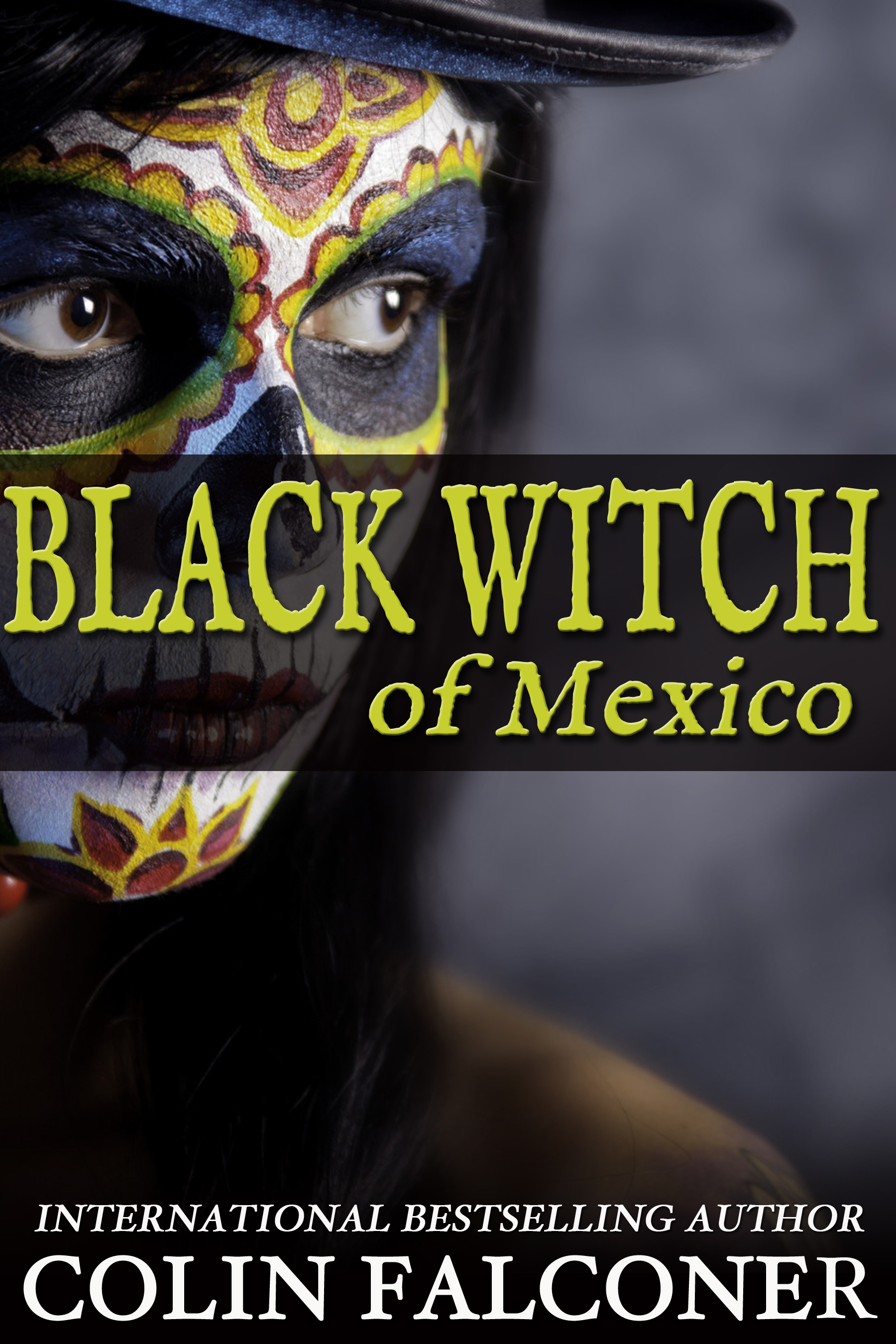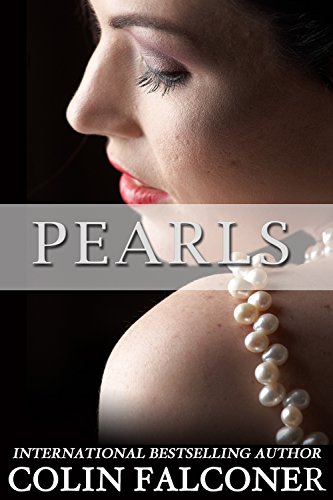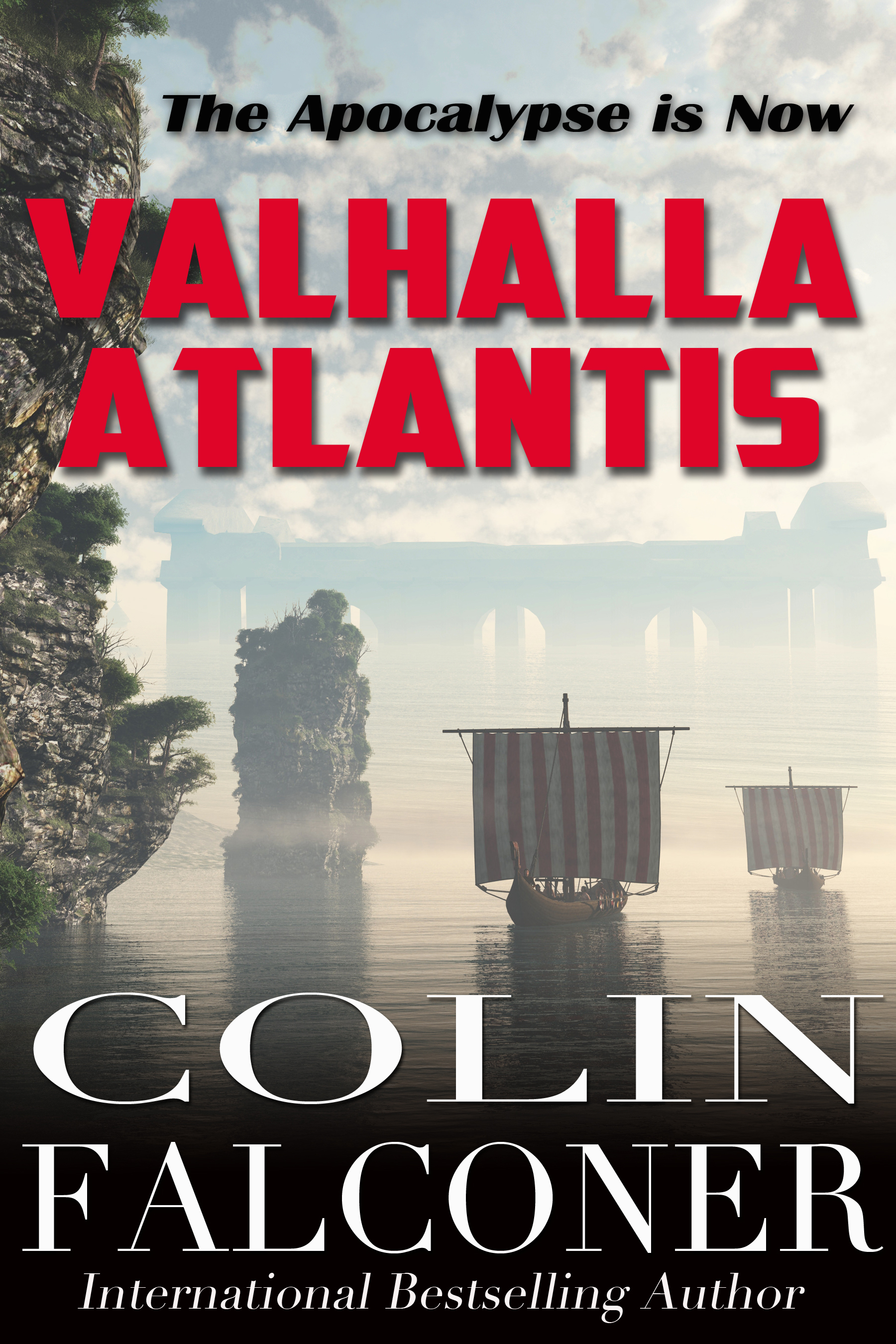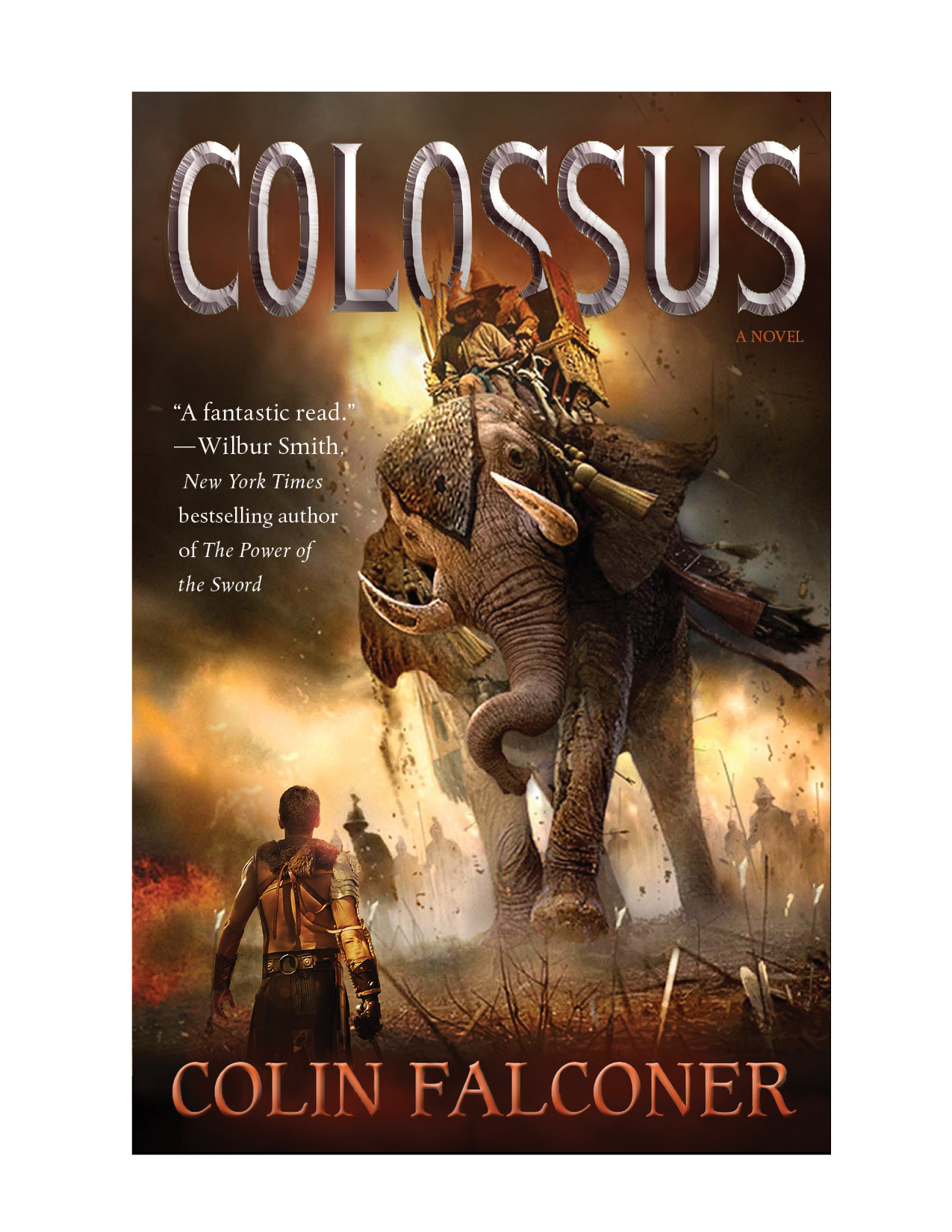Come and join me at the Falconer Club, for selected excerpts and to get free Exclusive Review Copies of my books. JUST CLICK THE FACEBOOK LOGO AT TOP RIGHT!
Can you name the 27th letter of the alphabet?
Well, of course not, there are only 26 letters in the alphabet.
But not always; once there were 27. (Well, 29, but we’ll get to that later.)
The letter we’re talking about here is the ampersand: today it’s mainly used in company names, like Barnes & Noble, or in abbreviations like R&R.
It’s an unusual little critter. Where did it come from?
In the first century, Roman scribes wrote in cursive text, so when they wrote ‘et’ – the Latin word for ‘and’ – they linked the two letters. Over time, this was adopted in the English language as well. ‘And’ became both a word and a letter.
The name for this symbol – “ampersand” – came centuries later. In the early nineteenth century, schoolchildren reciting the alphabet still finished with ‘&’.
But you can’t finish ‘X,Y, Z, and.’ How could they sing that on Sesame Street? It doesn’t rhyme.
So instead, they said – because this is oh so much easier – ‘X, Y, Z and, per se, and.’
Per se, in Latin, means ‘by itself.’ So the students, or the Muppets, or whoever, were actually singing: ‘X, Y, Z and, by itself, “and.” ’ (Wouldn’t you have loved to have been in kindie back then?)
Over the course of a few decades, ‘and per se and’ became – “ampersand.”
Okay, so that’s sorted. But what about letters 28 and 29?
Well old English was first written in the futhorc runic alphabet of the Anglo-Saxons.
Christian missionaries later introduced the Latin alphabet which replaced it, and, for a time, the alphabet included letters of both languages.
But two of them fell into disuse.
One was a letter called ‘thorn’ which represented the ‘the’ sound.
Because the symbol for ‘thorn’ and the symbol for ‘y’ look nearly identical in medieval English blackletter, the two were mistakenly substituted for each other.
This is why you see signs pointing the way to “Ye Olde Curiosity Shop” in mock Tudor villages in England; we didn’t change the actual sound for ‘the’ over the years, just the symbol we used to spell it.
The other letter that was dropped was “wynn,” which represented the “uu” sound which became, as you probably guessed, a “w”. Yes, a double U.
So there you have it. Now you know your ampersand, thorn, wynn - won’t you sing along with me?
Pre-orders now available for my brand new novel, THE UNKILLABLE KITTY ‘KANE, published December 1 by Lake Union. You can get yours here: https://www.amazon.com/Unkillable-Kitty-OKane-…/…/1542048974


